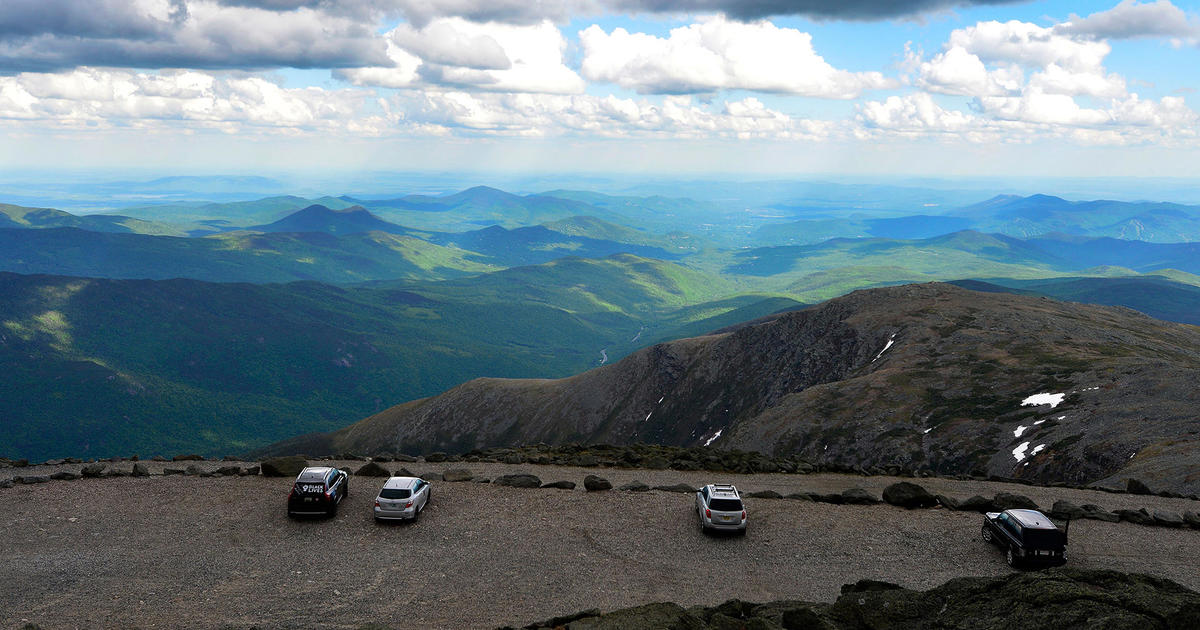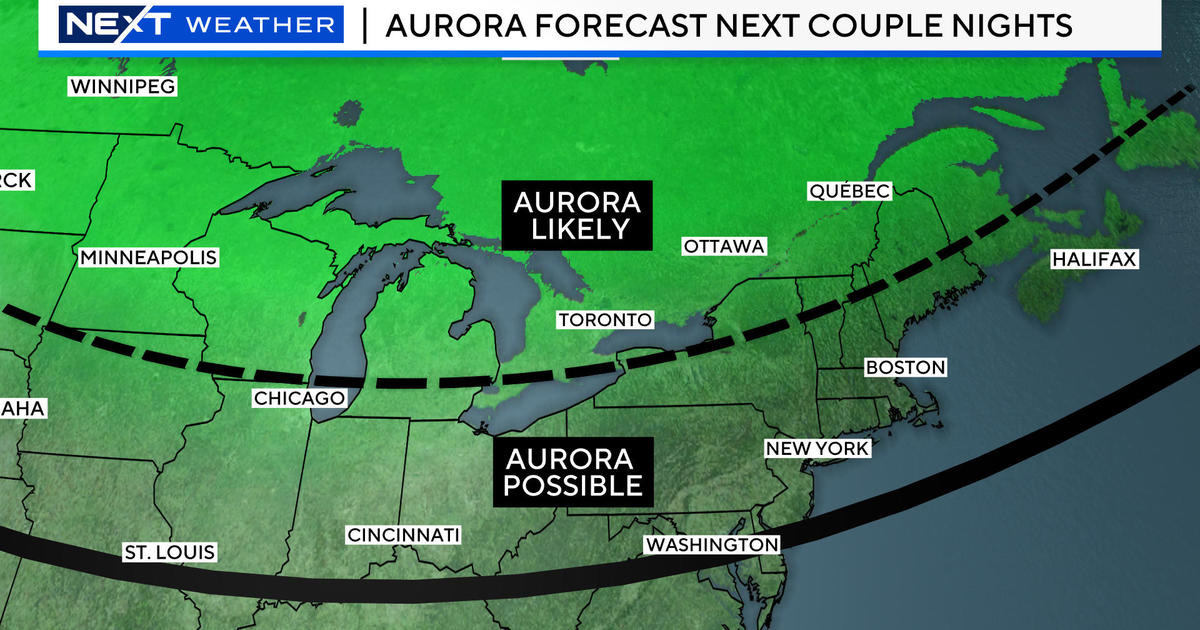Long Ride Up Mount Washington Worth The Trip To Experience 'World's Worst Weather'
MOUNT WASHINGTON, N.H. (CBS) - Standing at nearly 6,300 feet, Mount Washington, New Hampshire is the tallest peak in New England and a place unlike any other.
It's been nicknamed "The Rock Pile" and it's home to the "world's worst weather". In fact, up until recently, the summit held the record for strongest wind gust ever recorded on Earth.
My trip to the summit of Mount Washington recently was made possible a Snow Cat, a combination of a bus and a plow on wide, tank-like tracks. A ride up the mountain in the summer is a white-knuckle ride. In the middle of winter, it's a whole different ball game.
We tagged along for a weekly shift-change ride in the Snow Cat. During our slow ascent, the landscape and the environment changes right before our very eyes.
The first 2,500 feet is deciduous forest, mainly made up of maple and beech trees. After that, evergreens like spruce and fir are abundant.
Then, we saw the krummholz, a German word that literally means 'crooked wood'. These dwarfed and misshapen trees have been shaped by fierce wind through the mountains.
As you turn the bend on the auto road at 4,000 feet elevation, the landscape is filled with the peaks of Clay, Jefferson, Adams, and Madison. Lenticular 'cap' clouds have formed with a wind out of the northwest.
Above the krummholz is the "Alpine Zone," synonymous with some of the harshest living conditions for man and plants.
Prior to the Alpine Zone, the Snow Cat was moving at about 4-5 miles per hour. Beyond this, our trip was measured at feet per minute, slow as a snail! Huge drifts blocked the road, so the Snow Cat had to plow us up.
Three-and-a-half hours into the trip, we finally arrived at the Observatory. It's not like we could see much, Mount Washington is socked in the clouds about 60% of the time, even while everywhere else has sunshine.
We quickly unloaded and a fresh crew took over the reigns, like weather observer Jay Broccolo. It's an important role to maintain the mountain's 90-year data set as scientists study the climate trends of our tallest peaks.
"The main goal is just making sure our data is actually accurate to what's happening in the atmosphere," Broccolo told WBZ-TV. "For me, it's really being able to forecast, see the weather, and then record the data as it actually happens. And it's like the best way to verify your forecasts," he added.
So we suited up to verify his latest forecast.
Conditions were intense, comparable to my experience in the late January blizzard when I was based in Sandwich. The biggest difference? The complete lack of any visibility. Broccolo noted we could barely see the end of the observation deck, which was about 250 feet away.
The incredible dense fog leads to another very unique weather phenomena of Mount Washington - its ability to grow 'rime ice'. Rime ice forms when liquid water droplets stick to objects in the direction of the wind. And the wind was howling! 60 mile per hour gusts or stronger took wind chills down to 30 below zero! Any exposed skin was immediately subject to frostbite concerns.
On a scale of 1-10, Broccolo said this day was a 4.5, an average winter day on Mount Washington.
After the really long trip up, the return trip was only about 90 minutes down, standard for the trek. Fortunately for us at the base, temperatures were back to being balmy. They were back into the teens.






